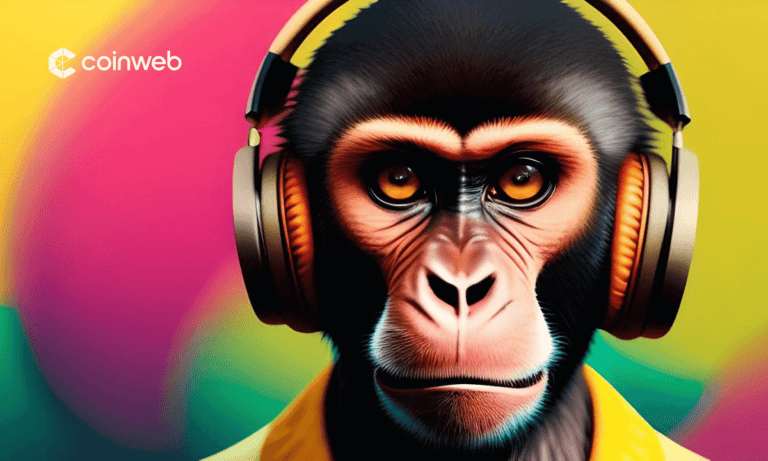TLDR
This guide will explore the exciting world of gaming NFTs and future prospects.
NFT, short for Non-fungible tokens, is a digital asset that represents ownership or proof of authenticity of a one-of-a-kind item or piece of content, such as art, videos, music, or even tweets. NFT games allow players to earn rewards through tokens or NFTs.
The future of NFT games includes better participation in play-to-earn, merging the real and virtual worlds, more interoperability, maximization of the metaverse, and redesigning fitness games.
Axie Infinity, Alien Worlds, The Sandbox game, etc., are some popular NFT video games.
Evolution of the gaming economy
The world has evolved from just playing games, facing challenging levels, completing them, and getting satisfaction. It began with single-player mode games designed for one player at a time.
Then, multiplayer game modes surfaced, allowing gamers to share the fun with their family and friends, playing games and gaining satisfaction from winning such games. All these were perks of free-to-play games.
The ability to collect characters that allow players to travel across different dimensions and build their narrative as they unlock characters, weapons, and other in-game items contributes to the game’s universal appeal. Sharing these experiences with other players, including your family and friends, was the cherry on top.
This was just the tip of the iceberg in-game NFTs, though. The gaming industry was centralized long before NFTs were thought to sync with games.
These games were built by large game developers from large corporations who sold them through retail channels. The game developer had complete ownership and control of the game. Even as players purchase the same in-game NFTs, they also purchase in-game assets, investing their time and money only for the profits to be retained by these game developers. Profits were one-sided; only the game makers benefitted from this.
The search was for a system that would spread the profit both ways, giving the players more control and retaining player interactions. The NFT gaming industry was born by introducing the free-to-play-to-earn model.
Introduction to the Play to Earn Gaming Industry
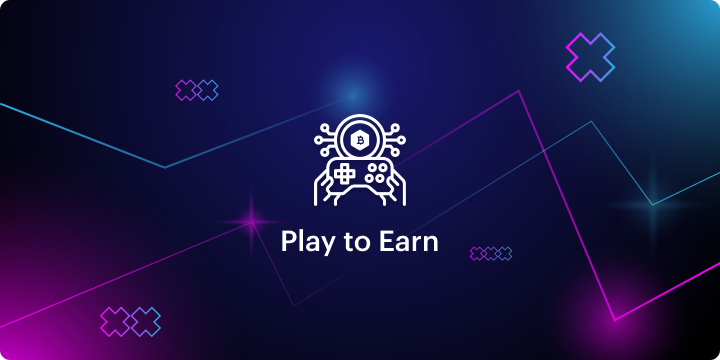
The Play-to-earn model was created to eliminate the distribution of profits to just one side. In this model, players pay to play and participate in games online – it could be a single-player mode or multiplayer mode. When players participate in these games, they can earn rewards by winning and even by participation alone.
These other reward players are of different forms. They can be in the form of NFTs, while some can be in the form of tokens. Several other games reward players with an opportunity to build in-game assets that can be sold in in-game marketplaces. These marketplaces make the in-game assets marketable to be purchased for real money.
In a game, collectibles are any virtual items or currency players can obtain and use while playing a video game. The game can include weapons, vehicles, clothing, accessories, upgrades, currency, and other items that improve the player’s experience and progress. In-game assets can be earned through gameplay or purchased with real money.
Understanding In-Game Assets in NFT Games
To get a better idea of what in-game assets are, a virtual sword in a role-playing game is an example of an in-game asset that the player can use to defeat enemies. The sword may have distinct characteristics, such as increased damage or special abilities, that distinguish it from other weapons in the game.
This sword can be obtained by completing a quest or purchasing it with in-game currency. However, these in-game assets are valued differently based on their aesthetics and rare appearance – just like the good old traditional games.
Unsurprisingly, many people hop into this goldmine (play to earn games), having fun and earning incredibly from them. The great thing is that your family and friends get to play games. Play to earn games is just a model. NFT games deal with NFTs. But then, what are NFTs?
What are NFTs?
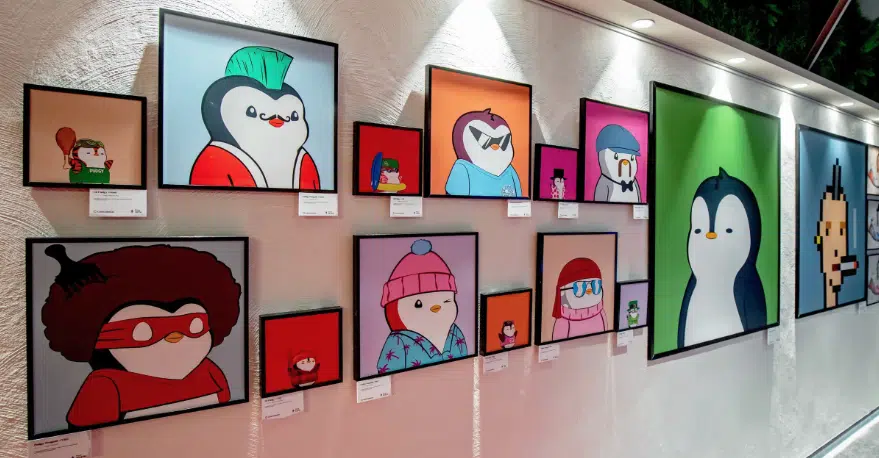
NFTs might have been our favorite word at the start of this article, and it could have just been your trigger word to read the article the first.
Non-fungible tokens (NFTs) have gone from being a buzzword in the art and tech communities to experiencing a drop in use over the last 18 months, but NFT use has recently increased. So, what exactly are NFTs, we continue to wonder?
NFT is an abbreviation for Non-Fungible tokens. Non-fungible Tokens (NFTs) are digital assets representing ownership or proof of authenticity of a one-of-a-kind item or piece of content, such as art, videos, music, or even tweets. They are distinctly encrypted codes.
Unlike cryptocurrencies, each NFT is unique and cannot be exchanged one-to-one, as Bitcoin can. NFTs use blockchain technology to validate asset ownership and provenance, making them resistant to duplication or fraud.
This distinguishing feature makes NFTs ideal for representing valuable and in-demand digital items such as rare or limited-edition artwork, music, videos, collectibles, and more. For example, an artist could create an NFT of their digital artwork and sell it as a one-of-a-kind item to a collector. The buyer could then use the blockchain to prove their ownership and authenticity of the artwork, as the ownership record is stored immutably and transparently.
NFTs have opened up new opportunities in the digital world for creators, collectors, and investors, allowing them to monetize and trade unique digital assets securely and safely. There are many ways to make money from NFTs:
- Play-to-earn games
- Collecting these NFTs until their value increases
- Flipping them
- Investing in new NFTs
- Creating your NFT
We’d focus on NFT in play-to-earn games, otherwise called NFT games.
A Dive into Gaming NFT

Non-fungible tokens (NFTs) in the gaming industry is considered ‘NFT gaming.’ NFT games are play-to-earn video games that are built on blockchain technology. Blockchain games often include NFTs in the form of trading cards and in-game collectibles that players can sell, buy, and trade for other assets.
In Gaming, they allow true ownership of virtual items in games. These virtual items or collectibles can be in the form of in-game weapons, collectible items such as weapons, armor, skins, virtual real estate, and even game characters.
Gamers buying in-game items, like physical collectibles, can use NFTs to buy, sell, and trade virtual items as real-world assets, resulting in new ways of playing and monetizing games. Their scarcity and uniqueness add value to them.
NFTs can also give gamers more control over virtual assets because game developers cannot duplicate or remove them. As a result, new gaming experiences, such as NFT-based virtual economies and online marketplaces where players can trade virtual assets, have emerged. These trades help build and foster the growth of player interactions.
Many of these NFT games have seen a surge in popularity and user adoption in recent years, indicating a growing interest in the play-to-earn model and the potential of NFTs in gaming.
The NFT gaming world has not yet reached its peak. Experts suggest that this is merely the start. However, with all the buzz and the advent of the metaverse and decentralized systems, the world has yet to witness what the NFT gaming world will achieve.
Trusted Partners
NFT Gaming in the Future
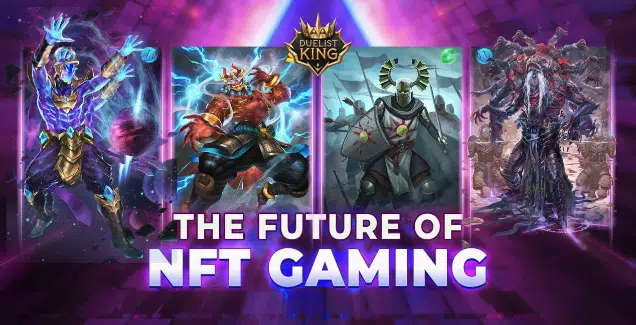
If this is just a peek at what the best NFT games are all about, imagine the future. NFT Gaming is one of 2022’s most significant new NFT trends, and it will be hard for developers and publishers to ignore.
Non-fungible token games are reshaping the gaming industry’s entire structure. Compared to traditional video games, the games offer more scope and flexibility. NFT game development professionals know that playing NFT games is Gaming’s future. It will feature exciting advancements and new game trends.
However, with a lot going on in our minds, here are a few essential points on how NFT games will storm the future.
1. Increased participation in the Play to Earn Game Model
Game companies and industries worldwide widely adopt the play-to-earn game model. This is because it has proven to be more advantageous compared to traditional video games that are commonly used. The play-to-earn game model has eliminated the centralized game model, giving players the benefit of earning incredibly just by participating in games.
The rise of play-to-earn games like Axie Infinity has paved the way for NFT games to take a massive chunk of the market. A lot of players earn a living from playing these games. It’s no secret that when you play an NFT game, you earn real money from cryptocurrency like Ethereum.
Play-to-earn games focus on earning alone and are seen as a bridge between players and cryptocurrency. The crypto market has been receiving a massive influx of users. Moreover, many people join the crypto market for various reasons, and the play-to-earn game model is one of them. With this model, players can now participate in games and earn crypto tokens by purchasing and playing them.
This adds value to the opponent’s life and overall gaming experience. Businesses are looking for top NFT game development companies to help them build a successful play-to-earn model-based NFT gaming platform.
2. NFT games will Merge The Real World and The Virtual World
The real world indicates our world, our workplace, family, friends, social clubs, and everything we do that keeps us interacting with others. Furthermore, a virtual gaming world replicates the real world in a game economy, where players engage in battles against each other to win rewards and have fun.
NFT games provide a new level of interactivity and ownership because players can buy, trade, and even use digital assets in virtual and real-world environments.
In addition, some other NFT collections and games use augmented reality technology to allow players to interact with their NFTs in the real world. Players, for example, could use their smartphones to display digital collectibles in real life and interact with them in a more immersive manner.
Overall, NFT games are a new type of gaming experience that blurs the line between what is virtual and what is real, giving players more control and ownership over their in-game assets. This increases player engagement and immersion while also providing a glimpse into the future of mobile Gaming.
3. Players have more control
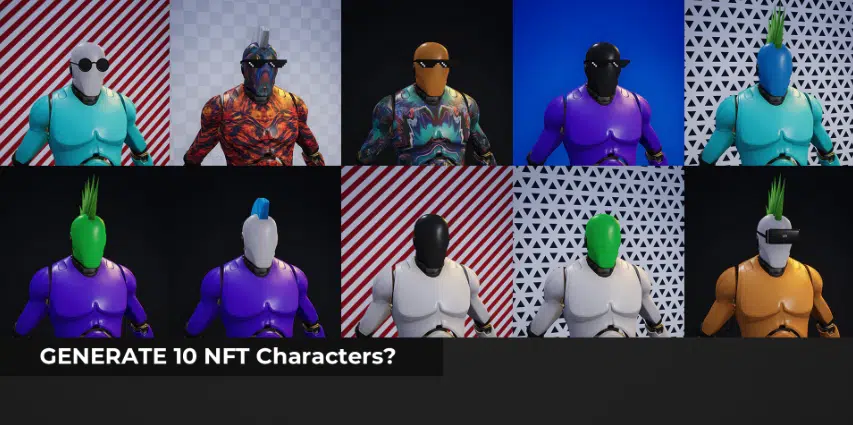
The idea for NFT games is to cut off centralization from bottlenecks gaming companies. In addition, the main goal is to allow users to control what they own and how they operate within their environments.
The crypto space provides power to individuals, and gaming NFTs offer this, too. NFTs ensure that players can earn rewards and a percentage from every sale of their resell of NFTs in the future.
Players own their digital assets. If the company or someone playing the game goes down, the player still has ownership of every asset.
The idea of customization has been a big deal regarding playing games. Customization of your avatar means being able to adjust your character and other features of playing the game to fit your specifications.
Also, with NFT games, you can customize your environments better and create new virtual characters and avatars. The Sandbox game has utilized the idea of customization in such a way that you purchase virtual land and customize your land just how you like it.
4. There will be increased Interoperability
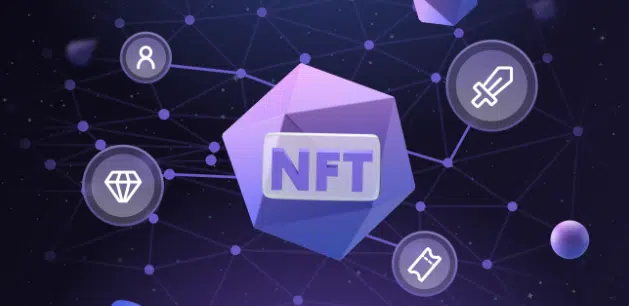
Then, what is interoperability? Interoperability is the ability of different systems, devices, and applications to exchange data, information, and resources. It allows other systems to communicate with one another, allowing them to collaborate effectively and efficiently despite technological differences.
Interoperability is underrated, but it is essential for many industries, including healthcare, finance, transportation, and Gaming, because it ensures seamless communication and collaboration between different systems.
NFTs provide interoperability. Users can exchange their NFT game assets for other investments across different platforms. For example, if you become tired of a specific game and switch to another game on the same blockchain, you do not need to start playing from scratch. You can transfer your in-game items easily.
With interoperability, players can purchase different types of cryptocurrencies. These cryptocurrencies are in high demand and value for purchasing many game items.
5. NFT games will Storm The Metaverse
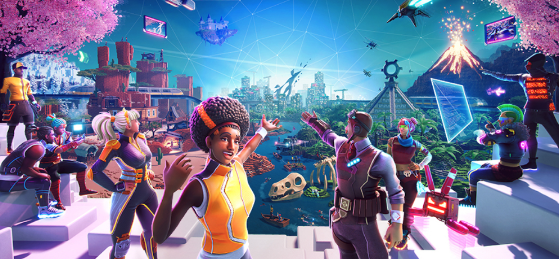
In recent months, the metaverse concept has gained attention and popularity. The goal is to create a virtual world ecosystem by combining virtual and augmented reality.
“Metaverse” refers to a virtual world or network of virtual worlds that exist entirely in a computer-generated environment. It is a fictitious space that combines elements of the physical and digital worlds, resulting in a new type of shared experience that blurs the distinction between real and virtual. People envision the metaverse as a place where they can interact with each other and various digital content, such as games, entertainment, education, and social media.
Moreover, avatars, digital representations of the users themselves that facilitate social interaction and personal expression within the virtual world, is a vital characteristic of the metaverse. Avatars can be customized to reflect the user’s physical appearance, personality, and preferences. They can interact in real-time with other players’ avatars. The metaverse will also be highly immersive, with advanced graphics and audio capabilities to create a sense of presence within the virtual environment.
Apart from social interaction, people view the metaverse as a platform for commerce and innovation, offering new opportunities for business, entertainment, and education. The metaverse may also significantly impact society and how we live, work, and play.
NFT games will utilize the metaverse even more. The metaverse could host events virtually, and people could use NFTs as tickets. Additionally, NFTs could serve as access cards to explore different realities.
6. Fitness games will be redesigned

Fitness is a big industry that continues to expand year after year. It may not surprise you that many people include “working out” in their New Year’s resolutions. Around 90% of people globally intend to become fit, but most fail to achieve their goals. The truth is the fitness industry is a billion-dollar industry, but then how can we get there?
The fitness industry has adopted non-fungible tokens (NFTs) to incentivize and gamify physical activity through move-to-earn games. These games are distinct from play-to-earn and free-to-play games. Furthermore, individuals who utilize NFT-powered fitness apps and platforms receive exclusive digital assets as rewards for achieving fitness objectives and participating in healthy activities.
Using NFTs for rewards earned through physical activity makes the user experience more engaging. In addition, users can trade or sell NFTs on multiple online marketplaces, giving them additional motivation to attain their fitness objectives.
Some NFT-powered fitness platforms also use blockchain technology to track and verify fitness activities and progress securely and transparently. Incorporating NFTs into the fitness industry provides a novel way to encourage healthy habits and physical activity.
A few non-fungible tokens (NFT) games promote fitness and healthy habits. Here are a few examples:
Cryptofit is a blockchain-based fitness app that rewards users with NFTs for meeting fitness targets.
Gym rewards: A decentralized platform that rewards users for working out by giving them NFTs for each session.
Sweatcoin is a cryptocurrency-based health and fitness app that rewards users for tracking their steps and exercising.
Additionally, developers create these NFT games to make fitness more engaging and enjoyable by offering tangible in-game rewards for achieving fitness objectives. Furthermore, new games are continually being developed in this space.
Top NFT games to Look Out for

There are a couple of games using NFTs to incentivize their players. There are quite an ample of them; these are the top NFT games. You could find the best NFT game for you.
1. Axie Infinity:

It is a blockchain-based game where players can buy, breed, and battle Axies.
2. CryptoKitties:

CryptoKittes is a collectible game where players can purchase, sell, and breed unique digital cats.
3. Decentraland:
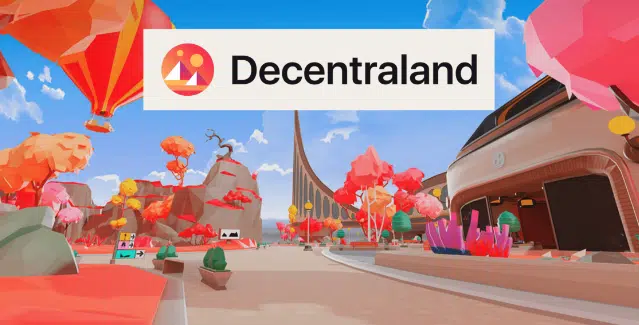
Decentraland is a virtual world where players can purchase, construct, and monetize virtual real estate.
4. The Sandbox

The Sandbox is a gaming platform that combines NFTs and the creation of virtual worlds.
5. F1 Delta Time:

F1 Delta Time is a blockchain-based racing game that allows players to buy, trade, and race virtual cars.
6. Splinterlands

Based on blockchain technology, Splinterlands is a fantasy trading card game.
7. Sorare
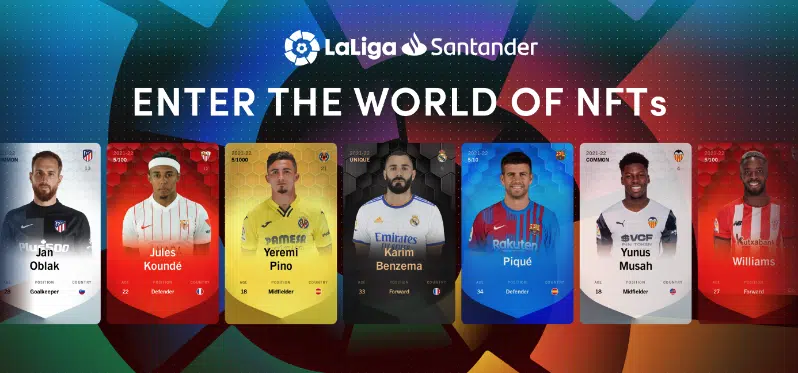
It is a trading card game with officially licensed player cards from the world’s top soccer leagues.
8. Alien Worlds:
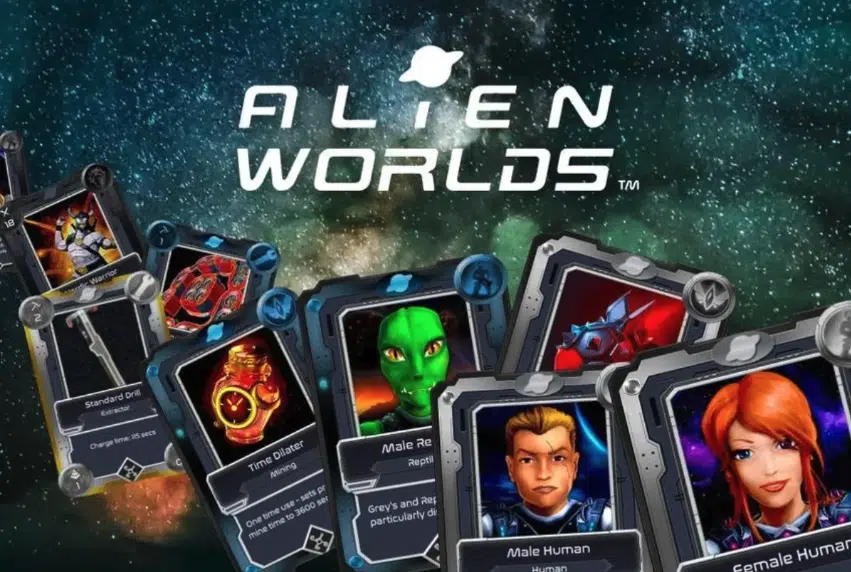
The massively multiplayer online role-playing game (MMORPG) Alien Worlds utilizes blockchain technology to enable players to explore and interact with a virtual world.
These games are the most popular NFT games. These are free NFT games (free to play).
Conclusion
The gaming industry is excited about the growth potential of NFT games, as they can provide players with a new level of engagement and ownership and the chance to generate real-world value.
Non-fungible tokens or NFTs are digital assets that can take the form of in-game items, as well as memes and GIFs. Players possess the NFTs they acquire in games and can trade or sell them later when they become rarer and more valuable.
The Sandbox is considered the best virtual NFT gaming platform overall. It is a metaverse that allows players to earn rewards while playing and includes features like land ownership, game-playing, and game-building.
NFT game developers generate revenue from primary NFT sales and fees. Players can earn cryptocurrency and NFTs in the game to sell in the secondary marketplace. Additionally, players have the ability to "breed" NFTs that are worth more than the tokens used to create them.












